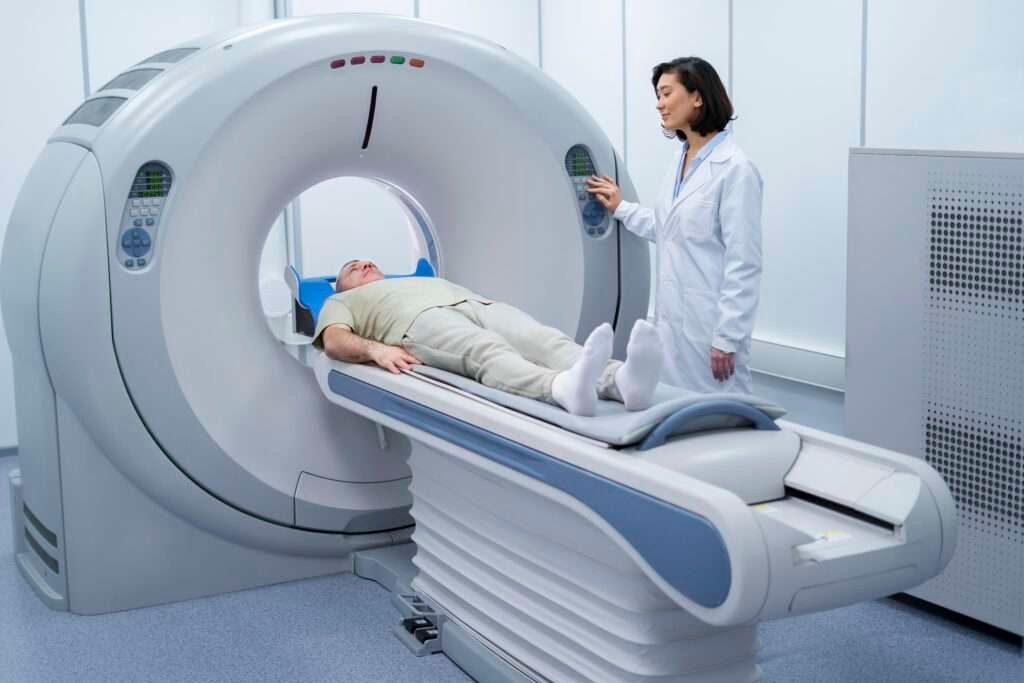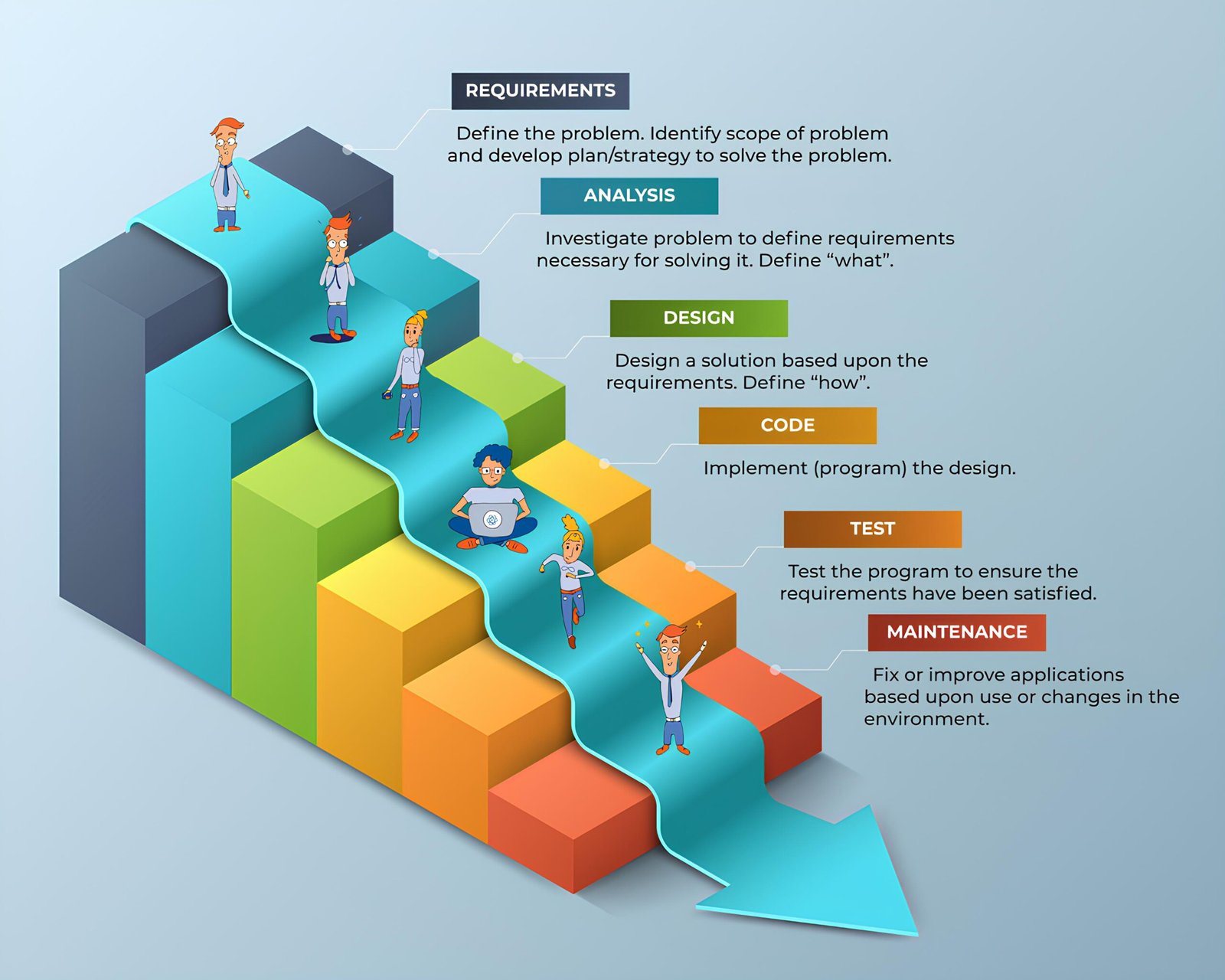What are MRI machines?
In the dynamic landscape of modern healthcare, the MRI machine stands as a pinnacle of technological achievement. As a dedicated medical professional, I am continually captivated by the evolution of medical technology and its profound impact on patient care.
The MRI, or Magnetic Resonance Imaging, machine exemplifies this advancement, offering unparalleled insights into the human body. Its non-invasive nature and ability to generate high-resolution images make it an indispensable tool in the diagnostic arsenal of healthcare providers worldwide.
Understanding the core principles behind MRI technology is fundamental to appreciating its significance. By harnessing the properties of magnetic fields and radio waves, MRI machines produce detailed cross-sectional images of internal body structures.
These images not only aid in the detection and diagnosis of various medical conditions but also enable healthcare professionals to formulate precise treatment plans tailored to individual patient needs. Moreover, recent advancements in MRI technology have led to enhanced imaging capabilities, including faster scan times and improved image quality, further elevating its utility in clinical practice.
In the realm of medical imaging, MRI has emerged as a cornerstone due to its versatility and diagnostic accuracy. From detecting brain abnormalities to evaluating musculoskeletal injuries, MRI facilitates comprehensive evaluations across a spectrum of medical specialties. Additionally, its non-ionizing radiation nature makes it a safer alternative to other imaging modalities such as CT scans, particularly for pediatric and pregnant patients.
Looking ahead, ongoing research endeavors aim to refine MRI techniques, expanding its diagnostic capabilities and paving the way for personalized medicine approaches. As we delve deeper into the possibilities offered by MRI technology, its role in shaping the future of healthcare remains unparalleled.
How MRI machines work
It is important to delve into the underlying technology to truly understand the power of MRI machines. Unlike traditional X-rays or CT scans, which use radiation, MRI machines utilize a strong magnetic field and radio waves to generate images of the body’s internal structures. The process begins with the patient lying down on a table that slides into a cylindrical scanner. This scanner contains a powerful magnet that aligns the hydrogen atoms in the patient’s body.
Once the atoms are aligned, radio waves are emitted, causing the atoms to emit their own signals. These signals are then detected by the scanner and converted into detailed images by a computer. The resulting images provide a clear view of soft tissues such as muscles, organs, and the brain, making MRI machines particularly useful for diagnosing and monitoring conditions such as tumors, cardiovascular diseases, and neurological disorders.
Advantages of MRI machines over other imaging techniques
The advent of MRI machines has brought several advantages over traditional imaging techniques. Firstly, MRI machines do not use harmful ionizing radiation like X-rays or CT scans, making them a safer option for patients, particularly children and pregnant women.
Secondly, MRI machines provide exceptional image quality, allowing doctors to accurately diagnose and evaluate conditions. The level of detail and precision offered by MRI machines is unparalleled, enabling medical professionals to detect abnormalities at an early stage, leading to more effective treatment plans.
Additionally, MRI machines are non-invasive and painless, making them more comfortable for patients. This is in stark contrast to invasive procedures such as biopsies or exploratory surgeries. Furthermore, MRI machines can capture images in multiple planes, providing a comprehensive view of the body. This versatility is particularly beneficial for complex anatomical structures or areas that are difficult to access with other imaging techniques.
Common uses of MRI machines in medical imaging
MRI machines have found widespread use in various medical specialties due to their versatility and ability to produce detailed images. In neurology, MRI machines are indispensable for diagnosing and monitoring conditions such as brain tumors, multiple sclerosis, and stroke. The ability to visualize the brain’s structures and functions in great detail allows for precise treatment planning and monitoring of disease progression.
In orthopedics, MRI machines are commonly used to evaluate joint and musculoskeletal disorders, including ligament tears, cartilage damage, and fractures. The detailed images provided by MRI machines help orthopedic surgeons create personalized treatment plans and assess the success of interventions such as joint replacements or ligament repairs.
Cardiologists also rely on MRI machines for the evaluation of cardiovascular diseases, such as heart defects, heart muscle damage, and blood vessel abnormalities. The non-invasive nature of MRI machines makes them an optimal choice for assessing heart function without the need for invasive procedures.
Why is the MRI magnetic field so dangerous?
While MRI machines offer numerous benefits, it is important to acknowledge the potential risks associated with their strong magnetic field. The magnetic field generated by an MRI machine is exceptionally powerful and can pose dangers if proper precautions are not taken.
One of the main concerns is the presence of ferromagnetic objects in the MRI room. These objects, such as oxygen tanks, surgical instruments, or even metallic implants within patients, can be pulled toward the magnet with great force, potentially causing serious injury or even death.
To mitigate these risks, strict safety protocols are in place, including thorough screening of patients and staff for any metallic objects, ensuring the MRI room is free from ferromagnetic materials, and providing appropriate training and education to all personnel working with MRI machines. By adhering to these safety measures, the potential dangers associated with the MRI magnetic field can be effectively minimized.
Types of MRI machines
Over the years, various types of MRI machines have been developed to cater to different imaging needs and clinical settings. The most common types include closed-bore MRI machines, open-bore MRI machines, and standing-up MRI machines.
Closed-bore MRI machines, also known as traditional MRI machines, are the most widely used. These machines consist of a cylindrical scanner with a small opening, into which the patient slides. Closed-bore MRI machines provide excellent image quality but may cause discomfort for patients with claustrophobia or larger body frames.
Open-bore MRI machines address these concerns by offering a wider opening, reducing feelings of confinement, and accommodating patients of different sizes. The trade-off, however, is a slight decrease in image quality due to the wider magnetic field.
Standing-up MRI machines, as the name suggests, allow patients to be scanned in an upright position. This type of MRI machine is particularly useful for imaging conditions that are affected by gravity, such as spinal disorders or joint abnormalities that become more pronounced when weight-bearing.
Innovations and advancements in MRI technology
MRI technology continues to evolve, with ongoing innovations and advancements enhancing the capabilities and applications of these machines. One notable development is the introduction of functional MRI (fMRI). Unlike traditional MRI machines that provide static images, fMRI can capture real-time images of the brain’s activity. This has revolutionized the field of neuroscience by enabling researchers to study brain functions, and mapping areas responsible for specific tasks or cognitive processes.
Another significant advancement is the incorporation of MRI-guided interventions. Using real-time MRI imaging, doctors can now perform minimally invasive procedures such as biopsies, tumor ablations, or even neurosurgical interventions with unparalleled precision. This integration of imaging and intervention has opened new avenues for targeted treatments and improved patient outcomes.
Additionally, there have been advancements in MRI technology that allow for faster imaging times, reducing the duration of scans and improving patient comfort. These innovations include parallel imaging techniques and the utilization of stronger magnetic fields, allowing for quicker and more efficient image acquisition.
Considerations when choosing an MRI machine
When selecting an MRI machine for a healthcare facility, several factors need to be taken into consideration. One essential consideration is the strength of the magnetic field. Higher field strengths generally result in better image quality and increased diagnostic capabilities. However, higher field strengths also come with higher costs and may require specialized infrastructure and safety measures.
Another crucial factor is the imaging capabilities of the MRI machine. Different clinical settings have varying imaging requirements. For example, a facility specializing in neurology may prioritize the availability of advanced imaging techniques such as fMRI, diffusion imaging, or spectroscopy. On the other hand, a general radiology department may focus on a wide range of imaging capabilities to cater to diverse patient needs.
Cost is another significant consideration. MRI machines can be a significant investment, with costs ranging from hundreds of thousands to millions of dollars. It is important to factor in the purchase price, installation costs, ongoing maintenance expenses, and potential upgrades or software updates.
Cost and maintenance of MRI machines
The cost of an MRI machine goes beyond the initial purchase price. Maintenance and operational costs are ongoing expenses that need to be considered. Routine maintenance, such as system checks, coil replacements, and software updates, is necessary to ensure the MRI machine functions optimally and provides accurate and reliable imaging.
In addition to maintenance costs, there are other operational expenses to consider, such as the cost of contrast agents used in certain MRI studies, power consumption, and staffing requirements. MRI machines require specialized technicians and radiologists with expertise in interpreting MRI images, adding to the overall operational costs.
While the initial investment and ongoing expenses may seem substantial, the diagnostic capabilities and clinical benefits offered by MRI machines often outweigh the costs. The ability to accurately diagnose and monitor conditions, guide interventions, and improve patient outcomes justifies the financial investment in many healthcare settings.

Why MRI machines never turned off
You may wonder why MRI machines are never turned off, considering their high power consumption and potential for cost savings. The answer lies in the nature of MRI technology. MRI machines require a stable and constant magnetic field to maintain their functionality. Turning off the machine would disrupt the alignment of the hydrogen atoms in the patient’s body, rendering the images inaccurate or unusable.
Additionally, the process of aligning the atoms and achieving the desired magnetic field strength takes time. It is more efficient to keep the MRI machine running continuously, allowing for quicker and more efficient imaging when patients require scans. This ensures that the machine is always ready for use and minimizes the waiting times for patients.
Future prospects and developments in MRI technology
MRI technology has come a long way since its inception, and the future holds even more exciting possibilities. Researchers and engineers are constantly striving to improve image quality, reduce scanning times, and enhance the patient experience.
An area of concentration involves the enhancement of magnets’ power. Higher field strengths can provide even more detailed images, enabling earlier and more accurate diagnoses of various conditions. However, with stronger magnets come the challenges of increased costs, safety considerations, and the need for specialized infrastructure.
Another area of advancement is the integration of artificial intelligence (AI) into MRI machines. AI algorithms can assist radiologists in analyzing and interpreting images, potentially improving diagnostic accuracy and reducing the time required for image interpretation. AI can also play a role in automated quality control, ensuring that MRI images meet the highest standards.
Furthermore, there is ongoing research into the development of portable MRI machines. These smaller, more compact devices would allow for greater accessibility to MRI imaging, particularly in remote or underserved areas. Portable MRI machines have the potential to bring the benefits of this advanced imaging technology to a wider population and improve healthcare outcomes globally.
Conclusion: The impact of MRI machines on medical imaging
MRI machines have revolutionized medical imaging, providing unparalleled accuracy and detail in the diagnosis and monitoring of various conditions. The non-invasive nature, absence of ionizing radiation, and exceptional image quality make MRI machines a preferred choice for many medical specialties. Advancements in MRI technology, such as functional MRI and MRI-guided interventions, have further expanded the applications of this imaging modality.
While MRI machines do come with their own set of challenges, such as the strong magnetic field and associated safety precautions, the benefits they offer far outweigh the risks. As technology advances, the future of MRI machines looks promising, with the potential for even more powerful magnets, integration of AI, and the development of portable devices. The impact of MRI machines on medical imaging cannot be overstated, and they continue to play a vital role in improving patient care and outcomes.
Subscribe to our newsletter to receive future updates on Technology, Artificial Intelligence (AI), and Tech Trends. Explore our categories to find more relevant stuff. Stay informed and motivated with our most recent insights!




